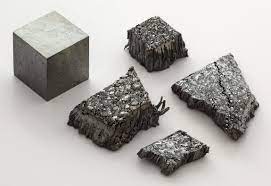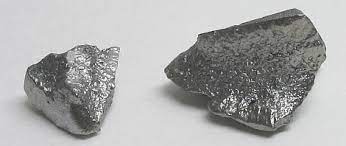Lutetium
Meet lutetium, element number 71, the heavyweight champion of the lanthanide group. This silvery metal shines with the distinction of being the densest and least volatile of its rare earth kin. While "rare" is part of its name, lutetium is actually more abundant than some familiar elements like gold or platinum. However, it's often found dispersed within other minerals, making it challenging to extract.
Though its metallic form steals the limelight, lutetium's oxide form, lutetia, played a crucial role in its discovery. Back in 1878, Carl Auer von Welsbach, intrigued by the unusual spectrum of "erbia," meticulously separated its components, leading him to lutetia and revealing the hidden presence of lutetium.
Although not as widely used as some other lanthanides, lutetium finds its niche in specialized fields. Its unique nuclear properties make it valuable in certain types of neutron detectors, used in research and nuclear facilities. Additionally, certain compounds show promise in medical applications like cancer treatment and imaging. As research continues, who knows what other hidden talents this versatile element might reveal?

